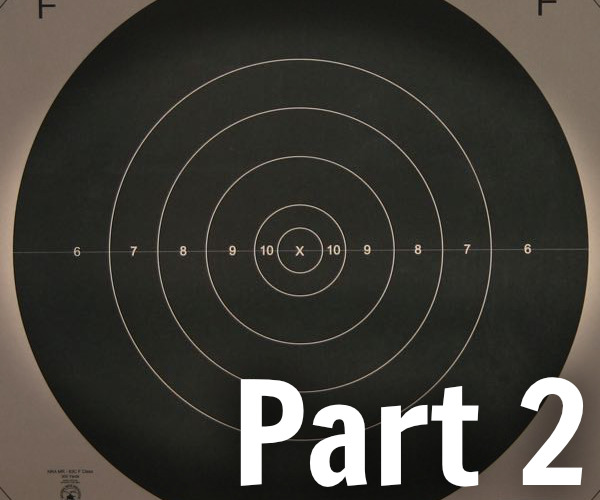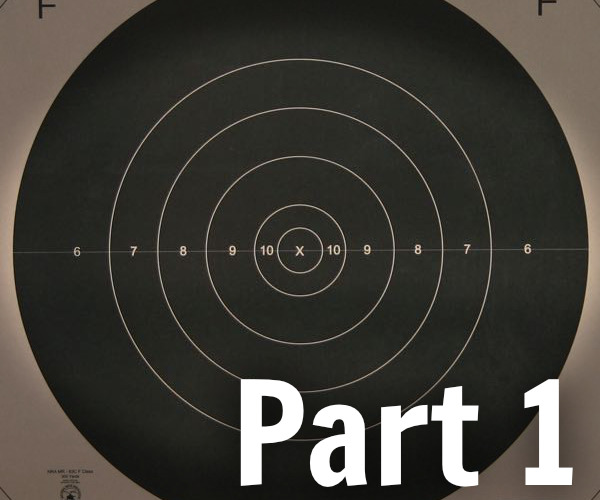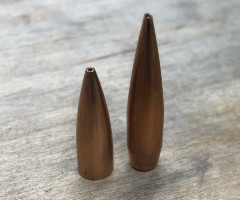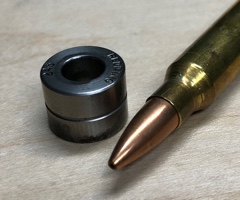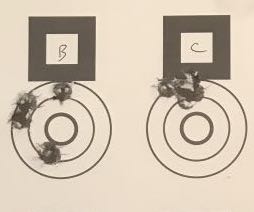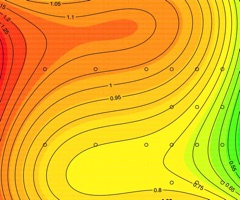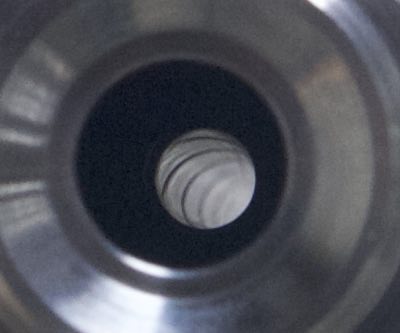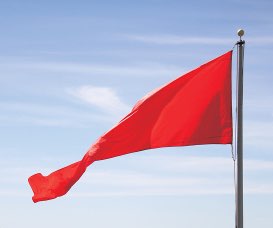Ballistics Calculator
The Bison Ballistics calculator is a modern ballistics calculator for sportsmen. To use it, just pick a bullet from our library, fill in the appropriate information and click "Calculate".
About the Ballistics Calculator
How do I use the ballistics calculator?
Enter a BC and matching drag function, or select a bullet from the library and then enter the following variables:
| Muzzle Velocity | The muzzle velocity of the bullet. You can measure this with a chronograph, or look it up in a reloading manual (feet per second). |
| Zero Range | The range at which the bullet's path will intersect with your line of sight. |
| Wind Speed | The wind speed between the muzzle and the target. |
| Wind Heading | The direction of the wind. 90 degrees is a left to right wind from the shooter's perspective. 180 degrees is a head wind. |
| Sight Height | The vertical distance between the centerline of the bore and the centerline of your scope. Strictly speaking, this is at the muzzle, but measuring the actual scope with a ruler should be close enough. |
| Report Units | The units in which you want the results reported - Minute of Angle (MOA), milliradians (mils), feet, or inches. |
| Temperature | The temperature of the air in degrees Fahrenheit. |
| Pressure | The absolute (station) pressure at the firing site. This is not the same as the barometric pressure reported by the local news, which has been corrected to the equivalent sea level pressure. |
| Altitude | As an alternative to entering pressure, it can be estimated based on altitude. If measured station pressure is available, use that. |
| Relative Humidity | The relative humidity in percent. |
| Maximum Range | The maximum range at which the calculation stops. |
| Output Interval | The range interval at which the results are printed in the trajectory table. |
Why are some rows of the results in yellow or red text?
Yellow text means the bullet has gone transonic, or under Mach 1.2. Red text means the bullet is subsonic, or under Mach 1.0. For the most stable and predictable flight, it is best to keep the bullet in the supersonic (black text) region.
Why is there a huge increase in drop at very short ranges when units are set to MOA or mils?
This is the result of the bore being lower than the scope's line of sight. At very short ranges (say, 1 yard), it would require huge angular adjustments in order to get the scope pointed at where the bullet hits. At extremely short ranges, this is nonsensical, but mathematically correct. It's more useful when you get out to 10-20 yards, where it will give you a a good estimate of how much you need to hold over in order to hit a very close target (assuming a 100 yard zero).
Other ballistics calculators may not show this effect simply because they do not chart data at 1 yard intervals.
What is a .csv file?
After you get some results from the calculator, a button that allows you to download the results in a .csv file will appear. A .csv file is a simple text file that common spreadsheet programs (Microsoft Excel or Apple Numbers, for example) can open. Open the file in the spreadsheet program of your choice, and you can edit it to print out your own range cards.
I want to learn more about ballistics. Can you recommend some books?
Yes. For the mathematically inclined, Robert McCoy's Modern Exterior Ballistics: The Launch and Flight Dynamics of Symmetric Projectiles is a great overview of both historical and modern methods. It is not a book for those without a very strong math background. If the words "solve a coupled system of first order ODE's with a numerical method" don't at least jog something loose in your memory, you'll probably not understand most of the book's math. There is some information to be gained outside of the math as well, but this is really a college text book at its core. If I had to have only one book on the subject, this would be it.
Bryan Litz's Applied Ballistics for Long Range Shooting is a newer and more accessible book for those who don't want to wade through McCoy's volume. It also has extensive measurements of drag data using the G7 drag function, which is the best match for today's long range bullets. This book is not overly technical, but it's not simple either. It's light on math, but heavy on advanced ballistics concepts. For the practically minded, this book is tough to beat. I also highly recommend Bryan's follow on Books for even more intermediate to advanced information.
Sierra includes a section in their Reloading Manual that gives a good, but basic, introduction to some of the concepts of exterior ballistics. It's a great place to get started.
"Rifle Accuracy Facts" by Harold Vaughn is not strictly a ballistics book, but it includes a section or two on the topic, and is a fantastic book for other reasons. A simply fascinating book all around. You will learn something if you read this book - guaranteed. Unfortunately, it's out of print. Buy it if you see it.
F. W. Mann's 1909 classic, The Bullet's Flight From Powder To Target: The Internal And External Ballistics Of Small Arms, is my favorite shooting book. Like Vaughn's book, it's about more than ballistics and has a heavy experimental (as opposed to theoretical) angle. Amazing is too light a term for this book's content. It was out of print for quite a while, but appears to have resurfaced in 2010 - so buy one while it's still available.
Which drag function should I use and why?
For almost every long range boat tail bullet, G7 is a better fit than G1. For short, flat based bullets, a G1 may be a better fit. In either case, there isn't much difference until you get out past 600 yards or so.
Where did you get your ballistic coefficients?
Most of the BC data comes straight from the manufacturer's websites and publications. Additionally, some ballistics data is from taken from the data gathered by Bryan Litz of Applied Ballistics, LLC. He's generously allowed us to use his data in our calculator. If you would like to see the data in detail, including test methodologies, G1 & G7 BC's, form factors, variance, and other test data, we highly recommend purchasing his books. They provide an excellent introduction to advanced ballistics topics, but without all the tortuous math.
How does the math work?
The calculator uses the point mass method, also known as a Three Degree of Freedom Method (3DOF). That means that the projectile is modeled as a point in space and affected by drag and gravity. The projectile's spin and yaw is not modeled, so spin drift and aerodynamic jump are not reflected in the calculation. Coriolis and other minor effects are also not modeled.
The equations of motion turn out to be a system of coupled ordinary differential equations, which we solve numerically with a 4th order Runge-Kutta method. If a specific zero is required, we find those with a secant method root-finding algorithm. If you are interested in the specifics, I would direct you to Bob McCoy's book that I've mentioned above. It has all the details laid out nicely.
Some commercial ballistics calculators use proprietary methods, Pejsa's method, 4DOF, or even 6DOF methods. Are they better than the Point Mass method?
The short answer is 'no'. The difficulties of ballistics calculation have to do with data collection, not calculation methods. The best way to get accurate results is to be measure your inputs carefully. Pejsa based models are clever simplifications of the point mass method that allow for greatly simpler calculations at a small cost in accuracy. Modern computers have rendered them unnecessary, but they work quite well.
4DOF, 6DOF, and some tweaked point mass calculators model spin effects in various different ways. In that sense, they are better than a pure point mass calculator, which ignores spin. But in terms of basic trajectory calculation, point mass is the workhorse of the industry.
The Bison Ballistics Email List
Sign up for occasional email updates.
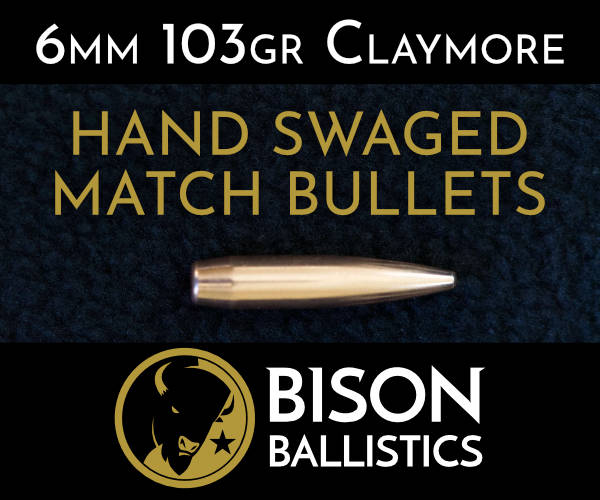

Want to Support the Site?
If you enjoy the articles, downloads, and calculators on the Bison Ballistics website, you can help support it by using the links below when you shop for shooting gear. If you click one of these links before you buy, we get a small commission while you pay nothing extra. It's a simple way to show your support at no cost to you.
